Close or far sub-panel location?
redowns
10 years ago
Related Stories
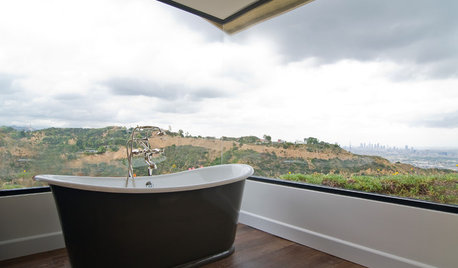
RANCH HOMESHouzz Tour: A Classic Ranch House Rises to the Location
A 1950s Hollywood Hills home with stunning L.A. views gets a thoughtful update
Full Story
BEDROOMSWhat’s the Right Location for Your Bed?
Architects, designers, psychologists and feng shui practitioners weigh in on which walls, views and directions are best
Full Story
GREEN BUILDINGLet’s Clear Up Some Confusion About Solar Panels
Different panel types do different things. If you want solar energy for your home, get the basics here first
Full Story
GREEN BUILDINGGoing Solar at Home: Solar Panel Basics
Save money on electricity and reduce your carbon footprint by installing photovoltaic panels. This guide will help you get started
Full Story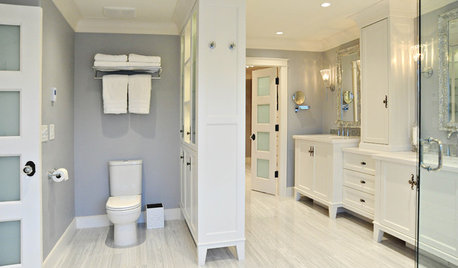
BATHROOM DESIGNBath Remodeling: So, Where to Put the Toilet?
There's a lot to consider: paneling, baseboards, shower door. Before you install the toilet, get situated with these tips
Full Story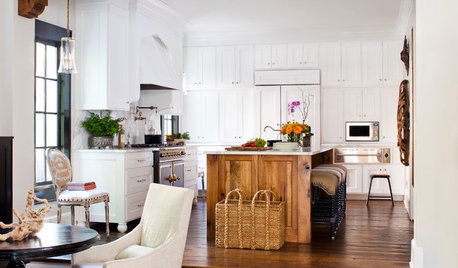
KITCHEN DESIGNKitchen of the Week: Going Elegant and Bright in a 1900s Home
Dark and closed off no more, this Atlanta kitchen now has a classic look, increased natural light and a more open plan
Full Story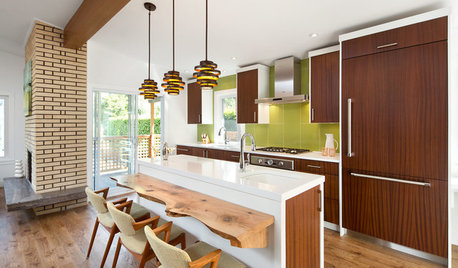
HOUZZ TOURSHouzz Tour: Dancing to the 1970s in an Updated Vancouver Home
The open floor plan and updated appliances have modern moves, but the lime green and wood paneling still do the hustle
Full Story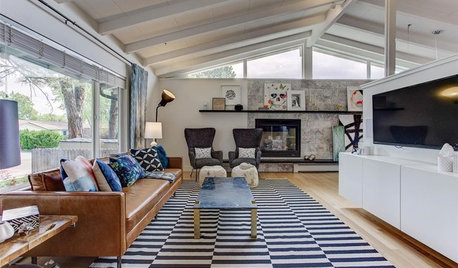
MOST POPULARHow High Should You Mount Your TV?
Today we look at an important question to consider when locating your television: How high should you set it?
Full Story
HOUZZ TOURSMy Houzz: Super Efficiency and Serenity Near the Florida Surf
It can withstand a hurricane and earned LEED Platinum certification, but this island home knows how to chill too
Full Story
FIREPLACESDesign Workshop: Smart Ways to Store Wood Outdoors
Consider size, location, protection, air circulation and, of course, style for storing your firewood
Full Story





bus_driver
User
Related Professionals
Bowling Green General Contractors · Catonsville General Contractors · Cheney General Contractors · El Sobrante General Contractors · Jacksonville General Contractors · Overlea General Contractors · Post Falls General Contractors · Riverside General Contractors · Brockton Solar Energy Systems · Frankfort Solar Energy Systems · Hawthorne Solar Energy Systems · Cypress Home Automation & Home Media · Saint Petersburg Home Automation & Home Media · Winnetka Home Automation & Home Media · Walnut Creek Home Automation & Home MediaredownsOriginal Author
Ron Natalie
greg_2010
User
redownsOriginal Author
worthy
petey_racer
Ron Natalie
redownsOriginal Author
redownsOriginal Author
petey_racer
greg_2010
User
rwiegand
Ryan Murray
Ron Natalie